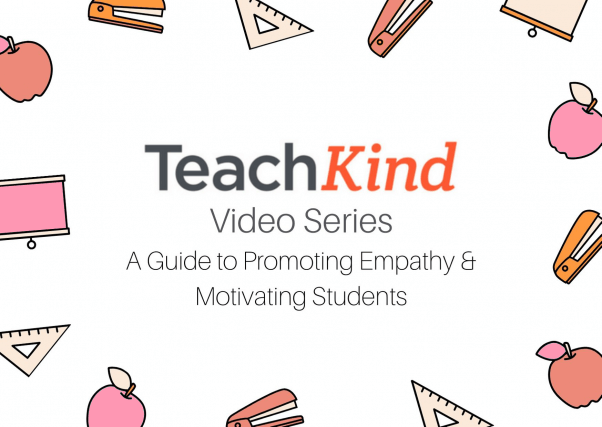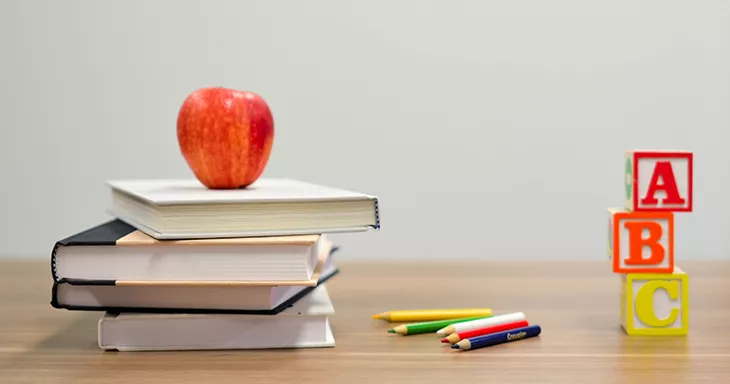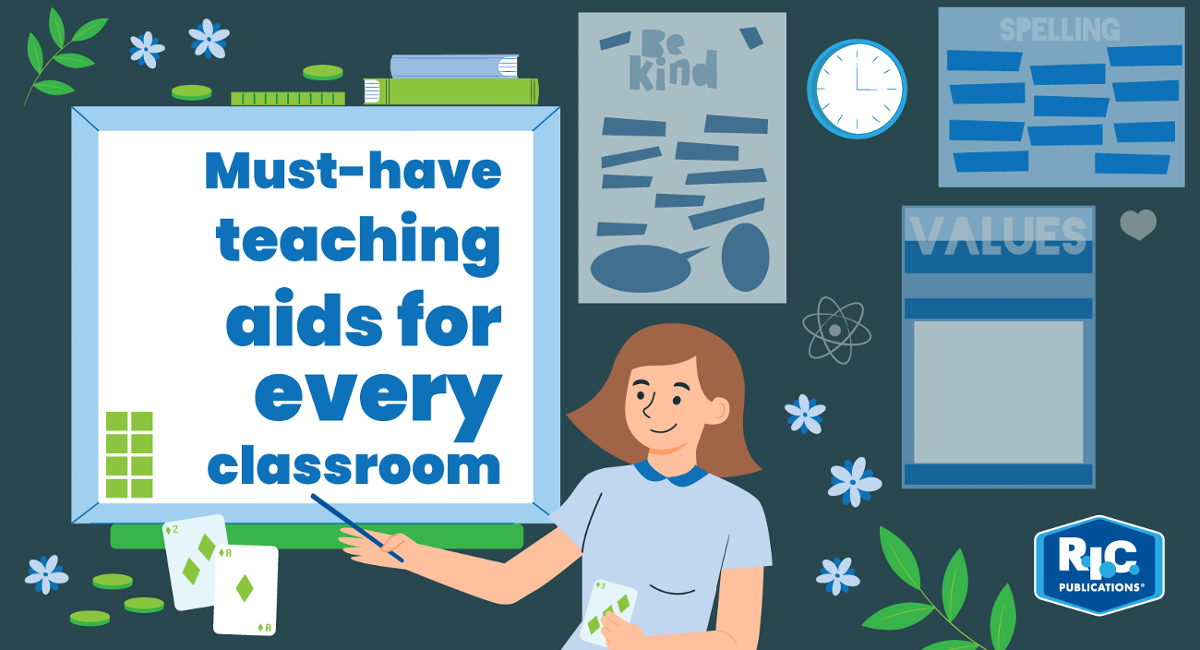New Facts On Selecting Italian Kindergarten Teaching Materials
Wiki Article
What Are The Informational And Educational Content That Schools In Primary And Secondary Require?
In primary and kindergarten schools There is a variety of educational materials and information is needed to support students' growth and learning. There are certain materials that may be required, such as: Curriculum materials - These are the materials designed to support and enhance the learning objectives set forth in the school's curricula. They may comprise workbooks, textbooks, lesson plans, as well as other materials.
Classroom supplies- Classroom equipment such as pencils, papers, glue, scissors, and many other art tools are necessary for children of all ages to complete their activities and assignments.
Educational technology. In this digital age educational technology, such as computers tablets and interactive whiteboards are available to provide resources for students and enhance their learning.
Books- The primary as well as kindergarten schools require a wide selection of age-appropriate literature to help children learn and encourage language development.
Manipulatives- Manipulatives such as puzzles, blocks, or games aid children in developing their problem-solving skills and spatial awareness.
Visual aids like posters maps, charts and posters are visual aids that help children understand and retain essential concepts.
Materials for art and music Children can express themselves through art and music. Materials such as paints as well as instruments and clay are great for this.
Safety Resources- To ensure the safety of students and employees, it's essential to have materials such as emergency procedures posters as well as first aid kits as well as fire extinguishers.
Primary and kindergartens should have a range of educational and informative tools to help create an environment that is stimulating and safe for students. Check out the most popular scuola infanzia for site recommendations.

What Math Teaching Material Is Required In Italian Nursery Schools?
Mathematics teaching material support can be beneficial in Italian nurseries in helping young children develop their spatial, numerical, and problem-solving skills. Examples of the assistance needed for mathematics teaching materials include: training for teachers and caretakers: Teachers as well as caretakers might need training on how they can incorporate mathematics concepts in everyday activities, and also how to use math teaching materials.
Plan of study and curriculum: A well-planned curriculum and lesson plans that incorporate mathematical concepts assist in ensuring that students get a broad exposure to mathematical concepts and skills.
Visual aids (charts and posters) and manipulatives. These can be useful in aiding children learn math concepts using the hands-on method.
Tools based on technology like tablets with educational math applications and other games can be utilized to entertain children and provide extra resources to aid in their learning.
Assessment tools can be useful to teachers and caregivers to monitor their children's development and determine areas where they may require additional help.
Parental involvement: Engaging parents in maths education is a great way to strengthen the knowledge learned in the nursery. This can also increase family engagement.
It is important to ensure that the mathematics teaching materials used are age-appropriate and suitable for young children. These materials can be used by teachers and caregivers to design engaging and interactive math activities for children that will encourage their curiosity and love of learning. Check out the most popular sostegno inglese for more info.

What Is The Best Italian Kindergarten Curriculum In The Field Of History?
Italian nurseries utilize history resources to help their students learn about the past. They also show them how to understand the current situation and give students a sense of belonging. Some examples of the materials for teaching history that could be required are the following: Age-appropriate books Books that focus on historical events, people and cultures may help children gain an interest and a feelings of connection to the past.
Artifacts and pictures: Pictures and artifacts from different time periods and cultures can help children visualize and understand historical events and ways of life.
Maps and timelines: Timelines and maps can help children to understand historical events in order and their connection.
Storytelling: Storytelling is a powerful tool for introducing children to the past and historical figures in a manner that is engaging and memorable.
Dramatic Play: Dramatic play help children relive historical occasions and events, as well as learn more about the past.
Field excursions. Children can benefit from excursions to historic sites and local museums. They'll have the chance to see the past firsthand and discover more about it.
It is vital that all teaching materials in the field of history fit for the age range and are culturally sensitive. These resources can be used by caregivers and teachers to develop interactive and enjoyable historical activities that encourage the children's interest and love of learning. Take a look at the recommended materiale didattico storia for site info.

What Are The Best Resources To Use In Teaching The Italian Language In Schools?
In Italian nurseries, geography-related teaching materials can be used to aid children in learning about the world and different cultures. Here are a few examples of geography teaching materials that are recommended: Maps: Maps can help children understand the geography of different nations and regions, as well as the locations of various landmarks and natural features.
Globes are an excellent way to help kids visualize the Earth's surface and teach them about continents as well as oceans.
Videos and pictures Images and videos from diverse cultures and places will help children discover the variety of the world and build a love for different ways of life.
Books: Age-appropriate books that feature different countries and cultures will help children gain an interest in the world of geography and an awareness of curiosity about the world.
Natural materials, like shells, plants and stones are a great way to teach children about diverse ecosystems and the different environments.
Field excursions. Kids can be taught about geography through hands-on learning and visits to local parks, zoos, or museums.
It is vital to choose geography materials that are culturally and age-appropriate. Teachers and caregivers can make use of these resources to design engaging and interactive geography activities that promote children's curiosity and love of learning about the world around them. Read the top sostegno geografia for site recommendations.
